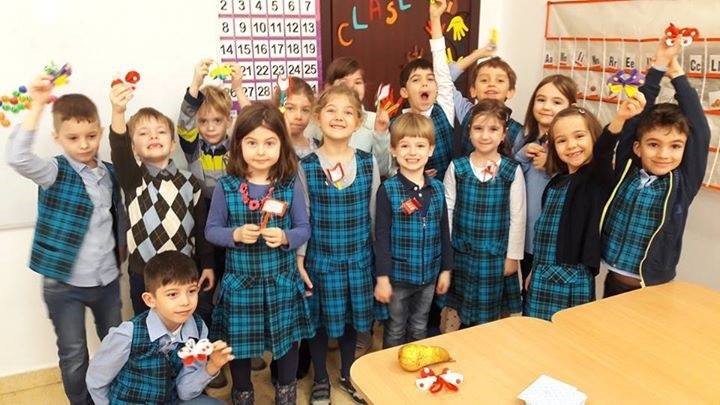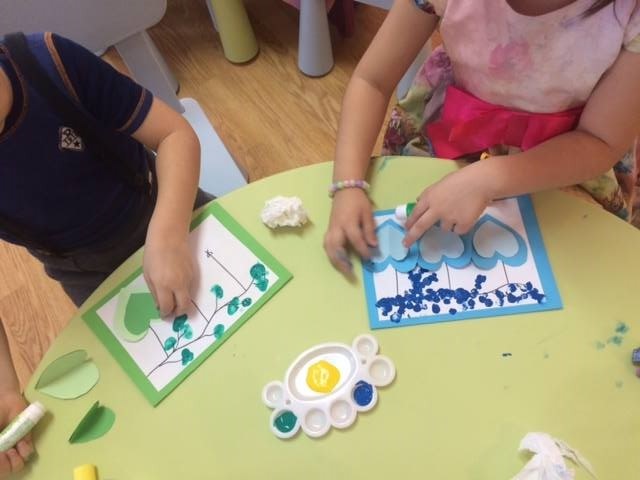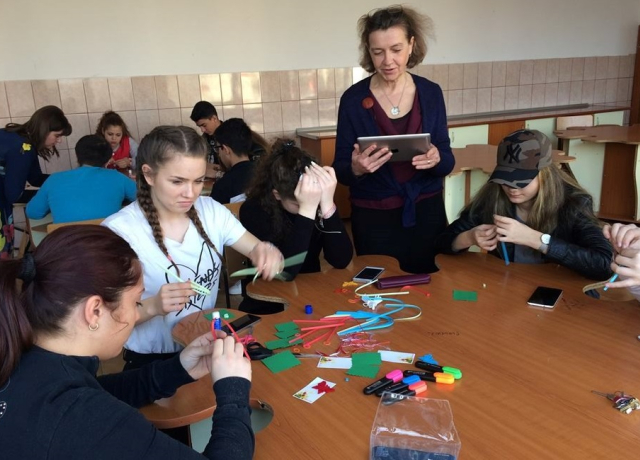National Intangible Heritage – an essential dimension of culture
National Intangible Heritage – an essential dimension of culture
Spring Mãrţişor, a kind of adornment worn in honour of the 1st of March and the beginning of spring, is a tradition transmitted from antiquity to present-day Romania, Moldova, Bulgaria and some other countries. In ancient times, this symbolic white and red braided cord was made by women and community members to celebrate the turn of the season and bring a healthy year to those who wear it.
Linked to traditional agricultural practices, Mărţişoru has a protective function, providing health for the household and fertility of the land. In modern times, this centuries-old custom has undergone significant changes: the cord is now typically embellished with various pendants and is given exclusively to women.
Both rural communities and urban areas still hold the social function of this tradition, which is primarily to share the joy of early spring. However, it is also related to motherhood and is a symbol of love with white and red signifying purity, vitality and feelings. The amulets that link to the traditional string now come in the most diverse forms, some of which are unrelated to the Christian Balkans where this tradition is practiced.

Today, Romania is making concrete steps to make this ancestral ritual that includes reference to traditional crafts to the UNESCO World Heritage List. In cooperation with Moldova and Bulgaria, Romania supports the candidacy of this tradition to the UNESCO list of Intangible Heritage, as a priority of the Ministry of Culture and the authorities in associated countries which have submitted it for acceptance to the Representative List of the Intangible Heritage of UNESCO.
Pleading for Intangible Heritage
Realized together with Romanian National Commission for UNESCO, a number of kindergartens, schools and high schools in Bucharest, Constanţa, Craiova, as well as in collaboration with scholars and curators from Moldova and Bulgaria, the project entitled Pleading for intangible heritage emerged as a result of the first Heritage Education conference (called Patrimoniul Educativ ) that took place on the occasion of European Heritage Days in October 2016.
The first project developed as a result of this meeting was dedicated to the Spring Mãrţişor tradition and was conducted online with participant teachers and their students from different geographical areas. A number of schools took part by performing exhibitions with handmade amulets, writing essays, having presentations or by creating well referring to resource materials (books, collections, atlases).

In total, 25 teachers and almost 40 students from all educational levels, including kindergartens, schools and college, participated in the project.
The international dimension of the project was reflected in the work of heritage experts from Bulgaria and Moldova. From the Republic of Moldova, Dr Olesea Garlea sent a very interesting text and pictures, while Mrs. Desislava Vutova, a museum practitioner from Bulgaria, sent an essay about their interpretation of this east-European tradition of spring (Martenita).
The conclusion of this project is clear: students and teachers are interested and able to contribute effectively to the national objective to safeguard and promote national heritage, which is necessary for the selection on UNESCO list.

As a personal conclusion, as a teacher and a cultural manager, I think it is necessary that such projects not only exist, but achieve concrete support by the cultural institutions involved in the submission of a dossier to UNESCO.
From photos and presentations of students and teachers, we can understand that this traditional custom has changed and has been given new urban, even globalizing values, and that the involvement in scholarly projects is necessary to understand the importance of preserving the traditional practices transfered from the adults to the young.
Author:
Dr. Roxana Zanea, National Project Coordinator
To find out more about the Patrimoniul Educativ project, visit its official Facebook page.
